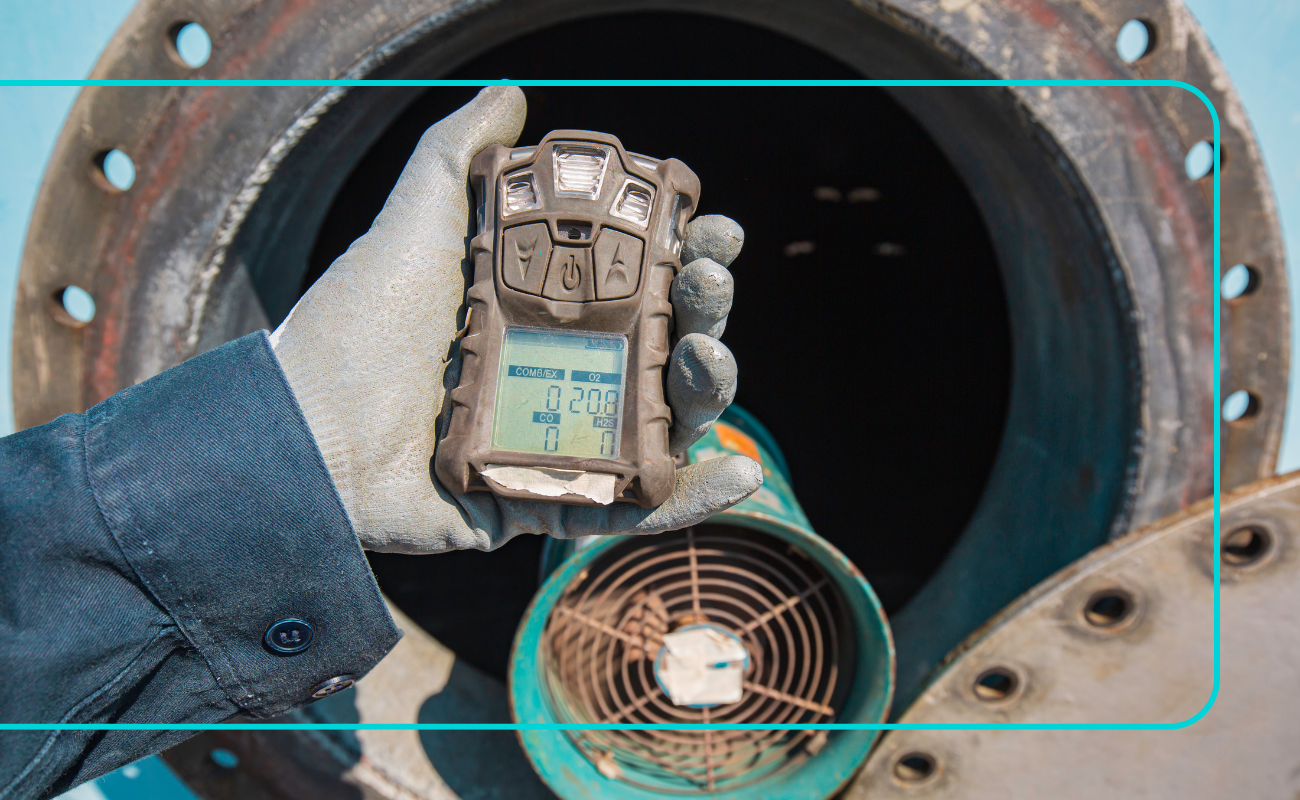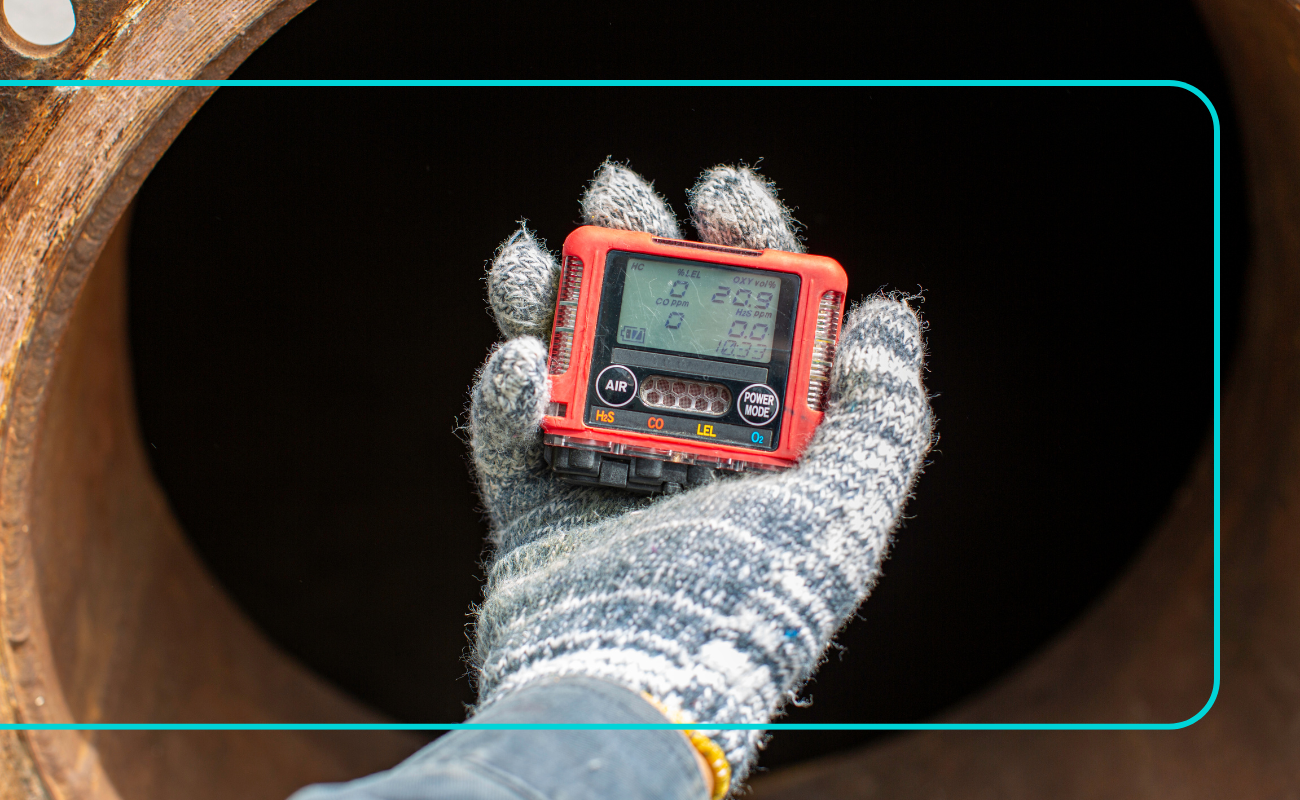Every year, countless accidents and catastrophic events trace back to an invisible, silent threat: hazardous gases. Gas detection devices are the unsung heroes in industrial hazard prevention. These devices monitor the air quality, sounding alarms well before danger reaches human perception. Without them, factories, refineries, and processing plants would be akin to ticking time bombs.
Think of gas detection devices as the nervous system of an industrial facility, sensing danger and instantly alerting the body to react. Without this nervous system, even the slightest leak can escalate into massive disasters such as explosions, poisonings, or long-term health violations.
But while the basic principle remains, the future of gas detection technology is poised to undergo a radical transformation that will shake the foundations of workplace safety as we know it. This blog peels back the layers to expose 5 shocking predictions of gas detection devices — innovations that will leave industrial safety experts awe-struck and, quite frankly, a little nervous.
Evolution of gas detection technology in industrial safety
The journey of gas detection technology has been a testament to human ingenuity, born out of necessity and sharpened by decades of tragedy and learning. Early gas sensors were bulky, limited to detecting just a handful of gases with slow response times and frequent false alarms. Imagine a smoke alarm that goes off every time you burn toast—frustrating, unreliable, and easy to ignore. This was the reality before advancements reshaped the landscape.
Over the years, refinements have allowed devices to become more precise and sensitive, using electrochemical sensors, infrared detection, and catalytic bead technology. Each innovation enhanced the dependability of these devices in detecting gas concentrations at hazardous levels, thereby significantly reducing untimely accidents. Industries across mining, oil and gas, chemical manufacturing, and others started to embed these sensors into their safety protocols, acknowledging their role as indispensable tools.
Today’s gas detection devices are smarter, more compact, and increasingly versatile. They form an integral layer in industrial hazard prevention, often linked with alarm systems and emergency response plans. However, despite these leaps, challenges like limited sensor lifespan, sensor drift, and manual data interpretation still restrict their full potential.
Looking ahead, the next evolution isn’t just about sensing more gases; it’s about revolutionizing how data is processed and acted upon, setting the stage for unprecedented safety outcomes.
Gas sensor innovations transforming industrial safety
The horizon gleams with gas sensor innovations that promise to obliterate the limitations of yesterday’s devices. One of the most groundbreaking trends is the integration of smart technology and IoT into gas detection devices. By embedding sensors in a networked framework, facilities gain real-time visibility of potential hazards across multiple locations simultaneously, much like a nervous system connecting every limb and organ in perfect harmony.
For example, modern gas sensors can now transmit live data to centralized control rooms, issue instant warnings on workers’ mobile devices, and even trigger automated emergency protocols without human intervention. This shift accelerates response times and slashes the latency that traditionally hindered industrial safety efforts.
Moreover, cutting-edge industrial safety tools now comprise multi-gas sensors capable of detecting volatile organic compounds (VOCs), carbon monoxide, hydrogen sulfide, and even complex chemical mixtures with remarkable accuracy. Some devices embed machine learning algorithms that enhance sensor sensitivity based on environmental patterns, thereby reducing false positives and ensuring that only genuine threats receive attention.
Take, for instance, a refinery equipped with interconnected, AI-powered gas detection ducts continuously analyzing airborne particles and dynamically adjusting alert thresholds to prevent over-alerting. This intelligent system is akin to having an industrial safety expert monitoring the facility 24/7 without fatigue.
These innovations don’t just promise better monitoring—they signal a tectonic shift in industrial hazard prevention mindset, from reactive to proactive. And as the technology matures, we can expect to see broader adoption and even more sophisticated applications that exceed current industrial safety standards.
How is innovation changing the landscape of workplace safety?
Fast forward to the present, and the game-changing impact of gas sensor innovations on workplace safety is undeniable. Accidents once deemed unavoidable are increasingly prevented by enhanced monitoring systems that provide real-time data and predictive hazard detection. This is not just incremental improvement—it’s an outright revolution.
Innovations in gas detection devices are enabling industries to move from static safety checks to dynamic, continuous surveillance. Workers equipped with wearable gas sensors, for example, gain personalized protection that tracks exposure continuously and alerts them instantly when danger looms. Think of it as a personal bodyguard that’s always alert, never distracted.
On the systemic level, the integration of these sensors into broader industrial safety platforms introduces the possibility of predictive analysis. By analyzing historical and current sensor data, AI models forecast potential hazard scenarios before they materialize, allowing preemptive action rather than reactive fixes.
However, these advancements come with challenges. The rapid pace of technology demands robust cybersecurity protocols to protect sensitive data. Moreover, industrial environments with complex gas mixtures may still pose accuracy hurdles that require ongoing research. Finally, the adoption curve can be steep as industries weigh cost, training, and operational disruption.
But these challenges are also opportunities—opportunities for innovation in sensor resilience, user interface design, and regulatory frameworks. The stakes couldn’t be higher: safer workplaces mean saved lives, reduced downtime, and better compliance with increasingly stringent safety standards.
Predictions about the future of gas detection devices in industrial safety
The future of gas detection devices is about to upend conventional wisdom with these five jaw-dropping predictions:
Autonomous Gas Detection Systems with AI Capabilities
Imagine gas detection devices that don’t just sense danger but actively learn and adapt. AI-powered systems will autonomously identify patterns, differentiate between benign and hazardous events, and make split-second decisions—like shutting down equipment or activating ventilation—without human input.
Miniaturization and Wearable Gas Sensors for Continuous Monitoring
Gas detection is moving from fixed stations to personal, body-worn devices. Tiny, inconspicuous sensors embedded in clothing or helmets will continuously track exposure levels, providing real-time alerts and detailed exposure history, empowering both workers and safety managers to act swiftly.
Integration with Broader Industrial Safety Platforms for Predictive Analysis
Gas detectors will no longer operate in isolation but become nodes in integrated safety networks. Combining sensor data, machinery status, and environmental factors, predictive analytics will forecast risks before the first sign of hazard, revolutionizing industrial risk management.
Increased Adoption of Eco-Friendly and Sustainable Sensor Materials
Environmental responsibility will drive a shift toward green sensor materials that reduce hazardous waste and energy consumption, aligning industrial safety technologies with global sustainability goals.
Regulatory Changes Driving Stricter Safety Standards and Better Device Performance
Regulatory bodies will ramp up mandates on gas detection accuracy, reporting, and responsiveness, pushing industries to adopt the latest, most reliable devices and phase out outdated models.
Together, these predictions foreshadow a future where gas detection devices are indispensable, intelligent, and deeply intertwined with every facet of industrial safety—a future where the margin for error shrinks drastically, and industrial disasters become relics of the past.
Conclusion
Industrial leaders, safety managers, and stakeholders cannot afford to ignore this transformative wave. Staying ahead in industrial hazard prevention means embracing the next generation of gas detection devices—not as a luxury, but as an operational imperative.
Investing in advanced gas detection technology today is akin to buying insurance for tomorrow’s safety and productivity. The cost of delay could translate into catastrophic accidents, regulatory fines, and irreparable damage to reputation.
Businesses should actively seek out smart, integrated gas sensor solutions and pilot wearable sensors among their workforce to gain firsthand insights into their practical benefits. Additionally, fostering a culture that values continuous training and adaption to new technology will maximize the impact of these innovations.
In this high-stakes arena, proactive industrial safety decisions don’t just protect your workforce—they safeguard your future. The question is no longer if gas detection technology will reshape your operations, but when will you be ready to harness its full potential.


